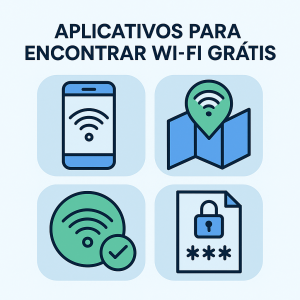In the digital world we live in, learning to code has become an extremely valuable and sought-after skill. Whether you want to start a new career, create your own app or simply better understand the technological world, programming opens doors to countless opportunities. Fortunately, there are several apps that make learning to code easier, making it accessible to everyone, regardless of experience level.
In this article, we will explore some of the best apps for learning to code. Through these tools, you will be able to develop your programming skills in a practical and fun way, transforming yourself into a competent developer. Keep reading to discover which apps are ideal for starting or enhancing your journey into the world of programming.
Discover the Best Apps for Learning to Program
As the demand for developers grows, so does the need for accessible and effective learning resources. Programming learning apps offer a convenient way to acquire technical knowledge, either in your free time or in a more structured way. Below, we'll introduce you to five of the best apps that can help you become a developer.
SoloLearn
SoloLearn is an application dedicated to learning programming, offering a wide variety of courses in different languages, such as Python, JavaScript, and C++. Firstly, the app allows users to learn through interactive lessons, quizzes and code challenges. Secondly, SoloLearn has an active community where users can share their progress and get help from other learners.
Additionally, the app offers a built-in code editor, allowing you to practice coding right on your mobile device. The hands-on approach and immediate feedback help consolidate learning and develop real programming skills.
Codecademy Go
Codecademy Go is the mobile version of the popular coding learning platform Codecademy. Firstly, the application offers courses in several programming languages, including HTML, CSS, JavaScript, Python and SQL. Additionally, Codecademy Go allows users to review concepts and practice their skills anywhere, making learning more flexible and accessible.
The application stands out for its interactive and practical lessons, which help to solidify the knowledge acquired. Through coding exercises and quizzes, users can test their understanding and receive immediate feedback.
Grasshopper
Grasshopper is an application created by Google to teach programming in a fun and accessible way. Firstly, the application focuses on teaching JavaScript through interactive exercises that involve solving puzzles and code challenges. Secondly, Grasshopper uses a visual approach, making programming concepts easier to understand for beginners.
Additionally, the application offers a structured curriculum that covers everything from basic concepts to more advanced topics. The intuitive interface and engaging lessons make Grasshopper an excellent choice for anyone just starting to learn to code.
Treat
Mimo is an application that offers programming courses in several languages, including Python, JavaScript and Swift. Firstly, the application uses a project-based approach, allowing users to learn to program by building real applications. Secondly, Mimo offers daily exercises that help keep learning constant and progressive.
Furthermore, the app has a user-friendly interface and interactive lessons that make learning enjoyable and efficient. The possibility of working on practical projects helps to develop skills that can be directly applied in the real world.
Essential Features of Programming Applications
When choosing an application to learn to program, it is important to consider some essential features. Firstly, the user interface must be friendly and intuitive, making the application easy to navigate and use. Additionally, apps should offer interactive, practical lessons that help solidify the knowledge gained.
Another important feature is the possibility of practicing coding directly in the application, through an integrated code editor. This allows users to apply what they learn immediately and practically. Furthermore, the presence of an active community and additional resources, such as quizzes and code challenges, can enrich the learning experience.
FAQ
What are the best apps for learning to program?
The best apps for learning to code include Duolingo, SoloLearn, Codecademy Go, Grasshopper, and Mimo. Each offers specific functionality that can meet different needs and learning styles.
Why use apps to learn to program?
Using apps to learn to code offers a convenient and flexible way to acquire programming skills. These apps allow you to learn at your own pace, anywhere, anytime, making learning more accessible.
How to choose the best app to learn programming?
To choose the best app for learning to program, it's important to consider your specific needs, such as the programming language you want to learn, the app's teaching approach, and the features it offers. Also evaluate the ease of use and the presence of additional resources that can enrich your learning experience.
Are programming learning apps free?
Many programming learning apps offer free versions with limited functionality, while other features may be available through paid subscriptions. It is important to check the pricing options and benefits offered by each plan before choosing an app.
Is it possible to learn to program alone using apps?
Yes, it is possible to learn to program on your own using apps. These apps offer structured lessons, practical exercises, and immediate feedback, allowing you to develop your programming skills independently and effectively.
Conclusion
In conclusion, learning to code is a valuable skill that can open many doors in the digital world. With the help of the right apps, you can transform yourself into a competent developer in a practical and fun way. From interactive lessons to hands-on projects, these apps give you everything you need to start your coding journey. Try some of the apps mentioned in this article and discover how they can help you achieve your learning goals. Investing in your programming skills is an important step towards success in the digital age.



